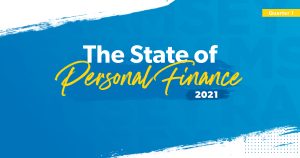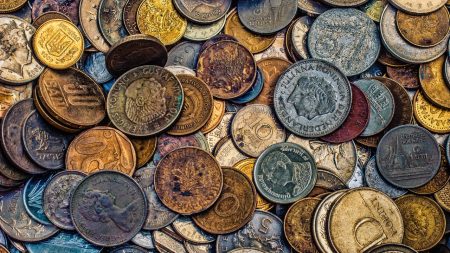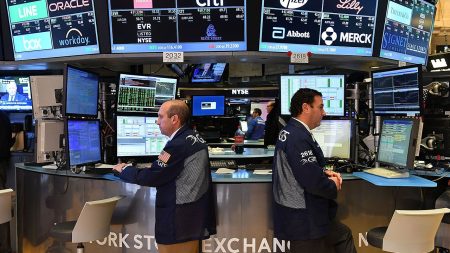Nora Carol Photography/ Getty Images; Illustration by Austin Courregé/Bankrate
Interest rate hikes by the Federal Reserve have pushed bond yields near levels not seen in more than a decade. With the Fed possibly coming to the end of rate increases, should investors be looking to increase their bond exposure?
How long will high rates last?
For most of the past 15 years, interest rates have hovered near historical lows. The Fed cut interest rates following the 2008 financial crisis and inflation remained muted, which allowed the Fed to keep rates at low levels.
When the Covid-19 pandemic hit the economy in March 2020, the Fed again followed a similar playbook: cut interest rates to stimulate the economy. By August 2020, the 10-year Treasury yield sat close to 0.50 percent.
But as the economy recovered from the pandemic shock, inflation also picked up steam. By March 2022, when the Fed first began to raise interest rates, inflation had reached 8.5 percent, according to Department of Labor data. In an attempt to slow the economy and combat high inflation, the Fed has raised interest rates at a swift pace, bringing its key rate to roughly 5.4 percent as of June 2024.
The rise in rates hurt bond prices throughout 2022, with the Bloomberg U.S. Aggregate Bond Index falling 13 percent for the year, the worst bond performance in decades. Bond prices and yields move in opposite directions, meaning prices fall as yields rise, and vice versa.
But with the Fed signaling rate cuts could soon be on the way, some investors now see an investment opportunity in bonds that hasn’t existed for some time.
Is now a good time to buy bonds?
Many investors have been reluctant to hold bonds for years due to the low interest rate environment, but that should no longer be the case, says Collin Martin, fixed income strategist at Charles Schwab.
“Any decision to increase the bond allocation is up to each individual investor, but investors who have been sitting in cash waiting for higher yields don’t necessarily need to wait anymore,” Martin said. “Adding bonds to a portfolio provides diversification benefits, and today they offer some of their highest yields in years.”
Ryan Linenger, a Chicago-based financial advisor with Plante Moran, sees an opportunity to lower overall portfolio risk through bonds, without sacrificing much in the way of returns.
“Higher expected returns for bonds means a client could consider paring back some on risk assets (like stocks) and increasing their allocation to bonds while still delivering solid overall portfolio returns,” Linenger said, while acknowledging that allocation decisions always depend on the needs of the individual client.
Reinvestment risk
One challenge presented by the current environment is the inverted yield curve, which means long-term yields are lower than short-term yields. Normally, investors would demand higher yields to lend their money for longer time periods, but that’s not the case currently.
This phenomenon may cause investors to favor short-term bonds over long-term bonds, but the decision isn’t as simple as it may seem. While short-term yields are higher currently, they’re also more sensitive to Fed policy, which means these yields may fall if and when the Fed starts to cut rates.
“Once the Federal Reserve begins to cut rates, yields on short-term investments should begin to fall, and investors may be faced with lower yields when their maturing bonds come due,” Martin says. “Intermediate and long-term Treasury yields are still near their highest levels in 15 years, so we’d rather lock in those high yields with certainty rather than risk reinvesting at lower yields once the Fed does begin to cut rates.”
Bottom line
Ultimately, the decision on whether or not to hold bonds and in what amount will depend on the unique circumstances of each individual investor. But the rise in interest rates has made bonds more attractive than they’ve been in over a decade. Investors can now earn attractive rates on short-term cash through money market funds, while longer-term bonds present an opportunity to lock in yields in case rates fall.
Read the full article here
















